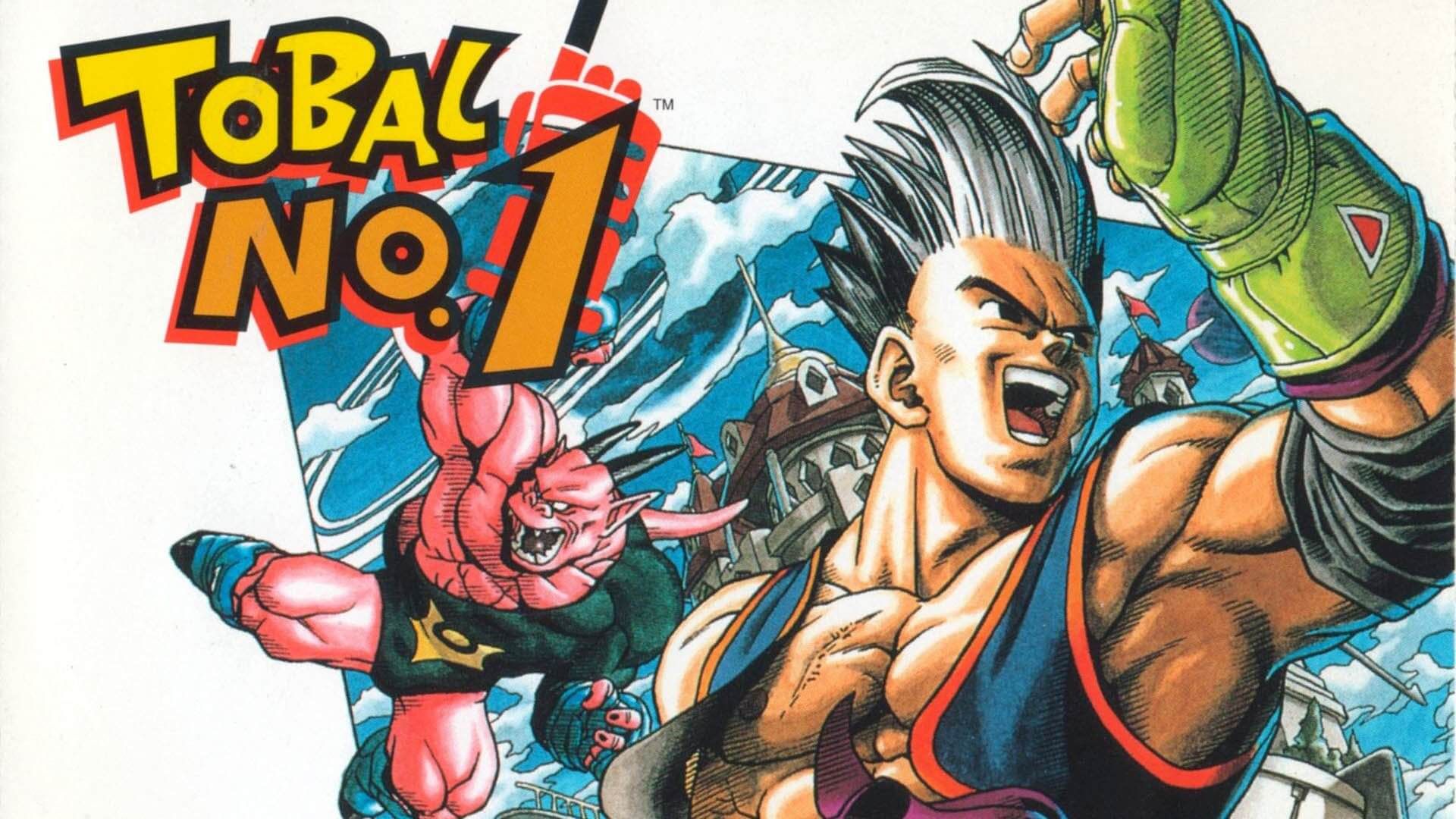Sorry for being late this week, but fortunately, it's still Friday somewhere in the world!
This material was created with the support of our Patrons. You can support us!
Become a Patron
For this week, I chose a game that I missed out on during my PS1 days, but was very happy to discover later on - Tobal No. 1!
Knowing that this game was directed by Siichi Ishii adds some really interesting context here. For those who don't know, he was one of the Virtua Fighter developers who later went on to be one of the key figures in the development of Tekken 1 and 2.
You can definitely feel the influence of that in Tobal, but while Tekken tried to be a little more grounded, Tobal confidently leans towards more fluid and arcade gameplay. You will immediately feel it when you start moving around. Much like in SoulCalibur, you can move in all 8 directions (it's not quite the 8 way run, but it's nice), and backdashing is super snappy.
One caveat here, the movement is relative to the enemy's position, so there's no real "sidestep left" or "sidestep right" button. Because of this, a sidestep often turns into a backdash once the camera position changes.
The combat system was fairly different from other fighters that Seiichi Ishii worked on. Instead of kick/punch or limbs, your buttons corresponded to attack level. This is a bit of a double edged-sword in my opinion.
On one hand, it adds consistency and removes a layer of obfuscation between hitting a button and guessing if it's a high or a mid. However, it never quite felt as natural as VF or Tekken, where even a beginner can choose attacks based on what would physically make sense (as in, jabbing at close range vs kicking from further away). It's a minor element overall, however, and the game feels smooth once you get used to your character.
Despite this apparent simplicity, Tobal also has a convoluted grappling system that would be at home in some MMA or wrestling game. I never fully figured it out. There is some amount of RPS involved, but it's still crazy how complex it is. To this day, I'm yet to see something quite like it in a fighting game.
What really sets both first and second Tobal apart from other fighting games to me, is that they had some really interesting ideas for single player content and how it feeds into the main game. In the case of the first Tobal, they had a "Quest Mode" that put you inside a dungeon, which somewhat resembles old dungeon crawlers with their blocky structure.
In those dungeons, you'd find and use items, avoid hazards, solve puzzles, do some light platforming, fight a bunch of different mobs and bosses. With the final boss being an unlockable character. If you play it today, it won't feel like much, but it's still mindblowing to me how much effort they put into creating a unique and fun single player mode in a fighting game.
The other modes aren't anywhere close to being that innovative. Even the arcade was a normal series of CPU battles with an underwhelming cutscene at the end, which is the same for every single character.
Despite that, it's nice that they were thoughtful enough to throw in a serviceable practice mode, if it was still a step back compared to Tekken.
To me, the presentation is a real gem in this game. If you're a fellow weeb, you've likely noticed that Akira Toriyama did the designs and some of the art for this game, and despite the limited polygons, it comes through in the game as well.
From Dr. Slump to Dragon Quest, his designs always just have this cartoony charm to them, and he's a perfect choice when you want characters to be likable and charismatic even when the player knows absolutely nothing about them. Toriyama's strong colors and simple shapes also worked out great for a game that is made up of untextured polygons.
I'd like to note the animations as well. This might be a bit of a hot take, but I think Tobal animations are better than PS1 Tekken games. Perhaps it's due to Tekken games reusing or recreating some of the stiff animations from the original games, but it always felt to me like there's a disparity between characters like Xioayu or Eddy vs. Heihachi or Nina. The Tekken 3 newcomers, especially ones with new martial arts, looked so much better overall.
In Tobal, the animation quality stays top-notch across the board, and the game running at a smooth 60 really helps to underline it. While it doesn't have too many flashy fighting styles, they still flexed their skills.
Lastly, before you go, I implore you to check out the music in this game. That's something both Tobal games absolutely nailed, but their OSTs remains to be some of the most underappreciated.
On that note, thank you for reading, and have an excellent weekend!
This material was created with the support of our Patrons. You can support us!
Become a Patron


















